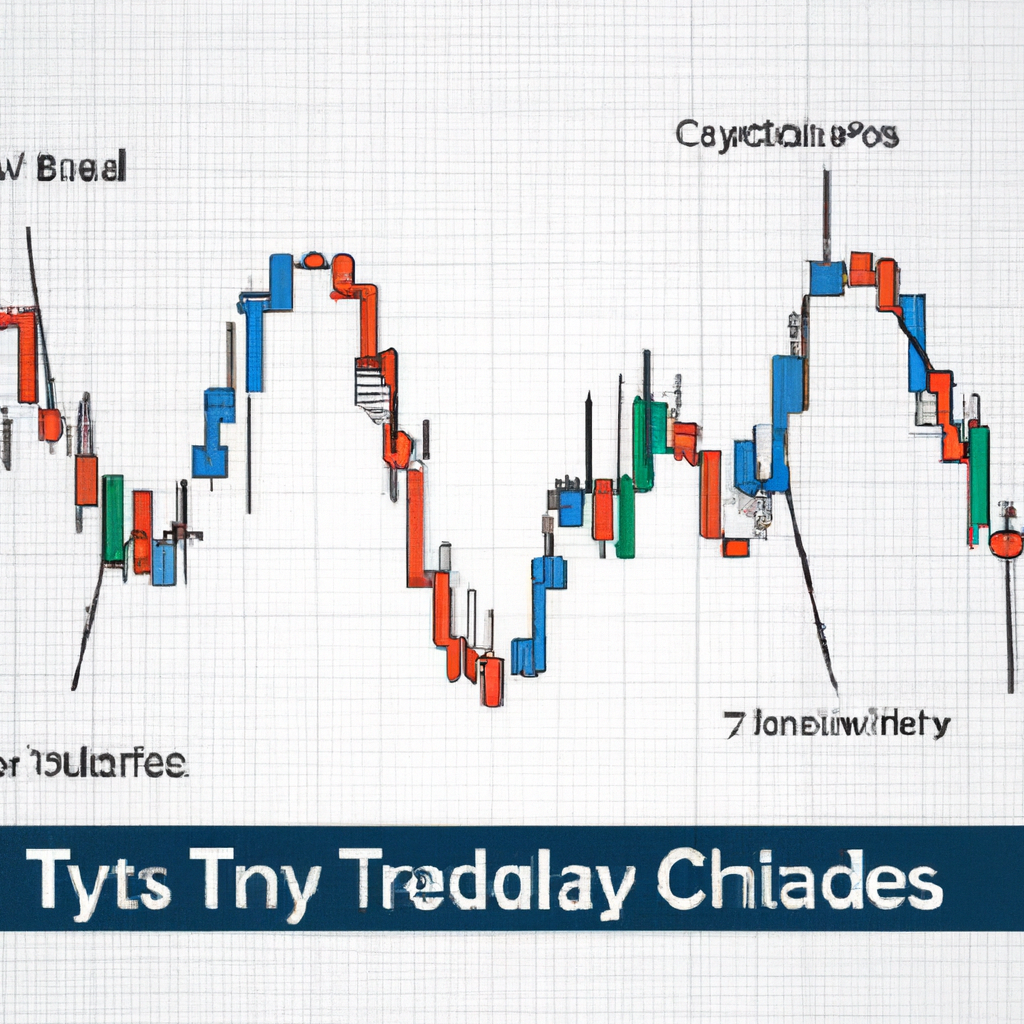Cyclical Analysis in Trading
Introduction
Cyclical analysis is a powerful tool used by traders to identify and predict market trends based on repetitive patterns. By studying historical price data, traders can gain insights into the cyclical nature of financial markets and make informed trading decisions. In this article, we will explore the concept of cyclical analysis in trading and discuss its importance in maximizing profitability.
Understanding Cycles
Cycles in financial markets refer to the recurring patterns and trends that occur over time. These cycles can be short-term (intraday), medium-term (weeks to months), or long-term (years to decades). They can be influenced by various factors, including economic indicators, investor sentiment, and market psychology.
Identifying Cycles
To conduct cyclical analysis, traders use technical analysis tools and indicators to identify and interpret cycles. Some commonly used indicators include moving averages, oscillators, and trend lines. These tools help traders visualize patterns in price movements and determine the duration and amplitude of cycles.
Steps for Cyclical Analysis
1. Data Collection: Gather historical price data for the asset or market you wish to analyze. This data can be obtained from various sources such as financial websites or trading platforms.
2. Plotting Price Data: Create a price chart using the collected data. This chart should display the asset’s price movements over a specific time period.
3. Identifying Peaks and Troughs: Locate the highest points (peaks) and lowest points (troughs) on the price chart. These points represent the turning points in the market cycle.
4. Connecting Peaks and Troughs: Draw trend lines connecting the peaks and troughs. These lines help identify the direction and duration of the cycles.
5. Analyzing Cycle Length: Measure the duration of each cycle by calculating the time taken between two consecutive peaks or troughs. This information can provide insights into the periodicity of the cycles.
6. Applying Technical Indicators: Utilize technical indicators such as moving averages, oscillators, or Fibonacci retracements to confirm the presence of cycles and validate potential trading opportunities.
7. Predicting Future Movements: Based on the identified cycles and the historical behavior of the asset, traders can make predictions about future price movements. This can help them determine optimal entry and exit points for trades.
Benefits of Cyclical Analysis
Cyclical analysis offers several benefits to traders:
1. Improved Timing: By understanding market cycles, traders can time their trades more effectively, increasing the likelihood of profitable outcomes.
2. Enhanced Risk Management: Identifying cycles allows traders to adjust their risk exposure based on the current phase of the cycle. They can allocate capital more efficiently and implement appropriate risk management strategies.
3. Increased Profit Potential: By aligning trades with the dominant market cycles, traders can capitalize on the prevailing trends and maximize their profit potential.
4. Better Decision Making: Cyclical analysis provides traders with a broader perspective of the market, helping them make informed decisions based on historical patterns and trends.
Conclusion
Cyclical analysis is a valuable tool for traders seeking to understand and predict market trends. By identifying and interpreting cycles, traders can make more informed trading decisions and increase their profitability. However, it is important to remember that cyclical analysis should be used in conjunction with other forms of analysis and risk management strategies to achieve consistent success in trading.

